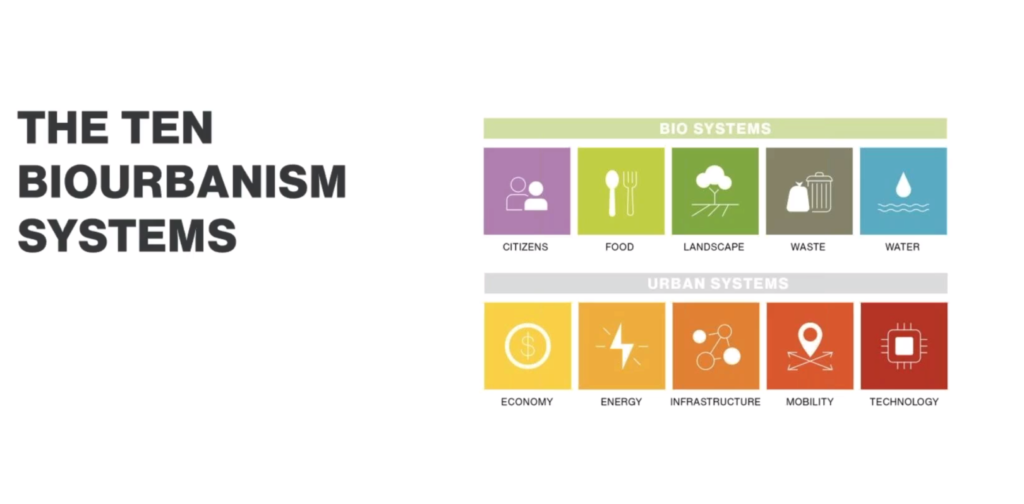Unveiling the Generic and Specific Epithets
The world of botany is rich with diverse forms and species, making the classification and identification of plants both a fascinating and complex task. Central to this endeavor is the system of binomial nomenclature, a universally accepted method for naming organisms that was devised by Carl Linnaeus in the 18th century. This system, which employs two Latin names to identify each species, is crucial for ensuring clarity and consistency in the botanical world.
The Basics of Binomial Nomenclature
Binomial nomenclature involves the use of two names: the generic (genus) and the specific (species) epithet. The genus name is always capitalized, while the species name is written in lowercase and italicized. For instance, in Eriogonum fasciculatum, Eriogonum represents the genus, and fasciculatum the species. This two-part naming system not only aids in the precise identification of plants but also reflects their evolutionary relationships.
Generic and Specific Epithets
The generic epithet denotes the broader category to which a plant belongs, grouping together species that share certain structural characteristics. The specific epithet, on the other hand, distinguishes individual species within the genus based on unique traits. This combination of names provides a detailed and organized way to catalog the vast diversity of the plant kingdom.
In addition to the basic binomial name, cultivars come into play. A cultivar, short for ‘cultivated variety,’ is a plant variety that has been produced in cultivation by selective breeding. Cultivar names are appended to the binomial name and are often enclosed in single quotation marks, such as Salvia greggii ‘Furman’s Red’. This naming convention helps in identifying plants that have been specifically bred for particular characteristics, such as fruit color, flower form, or disease resistance.
Challenges of Morphology-Based Naming
Traditionally, plants were classified based on their morphology, which involves the observable physical characteristics like shape, structure, color, and size. While this method is straightforward, it can often lead to misidentifications and inconsistencies. Morphology can be influenced by environmental factors, leading to significant variation within a single species. This makes it difficult to accurately categorize plants solely on their appearance.
For example, plants within the same genus can exhibit vastly different morphologies. Take the genus Senecio from the Asteraceae family. Some species of Senecio look remarkably similar to daisies, with their iconic yellow or white ray flowers. Others, however, are succulent and bear a striking resemblance to cacti, with thick, fleshy leaves adapted to arid environments. Despite their different appearances, these species are genetically related and belong to the same genus. This highlights the limitations of morphology-based classification.
The Genetic Revolution in Plant Classification
Advancements in genetic research have revolutionized the way we classify plants. By analyzing DNA sequences, botanists can uncover evolutionary relationships that are not apparent through morphology alone. This method, known as molecular phylogenetics, allows for a more accurate and reliable classification of plants based on their genetic makeup.
Genetic analysis has revealed that plants which may look very different can indeed be closely related. In the case of Senecio, genetic studies have confirmed that both the daisy-like and cactus-like species share a common ancestry and belong to the same genus. This genetic approach not only clarifies the relationships between different species but also helps in identifying new species that were previously misclassified due to their morphological differences.
The Importance of Accurate Plant Naming
Binomial nomenclature is a fundamental tool in the field of botany, providing a structured and consistent way to name and classify plants. Accurate naming not only benefits scientists but also has practical applications for home gardeners. Understanding the precise names of plants can help gardeners make informed decisions about plant care, pest control, and landscape design. For instance, by knowing the specific species and its characteristics, gardeners can choose plants best suited for their climate and soil conditions. Furthermore, it ensures that gardeners can effectively communicate with nurseries and fellow enthusiasts, fostering a shared knowledge and appreciation for the incredible diversity of the plant kingdom.
King penguins can often find giant squid…

As a light-hearted tip to cap off your botanical journey, remember that you can use the mnemonic device “King penguins can often find giant squid” to recall the taxonomic hierarchy: Kingdom, Phylum, Class, Order, Family, Genus, and Species.
Just imagine those regal penguins embarking on an adventurous deep-sea hunt, and you’ll never forget the order of classification again!




